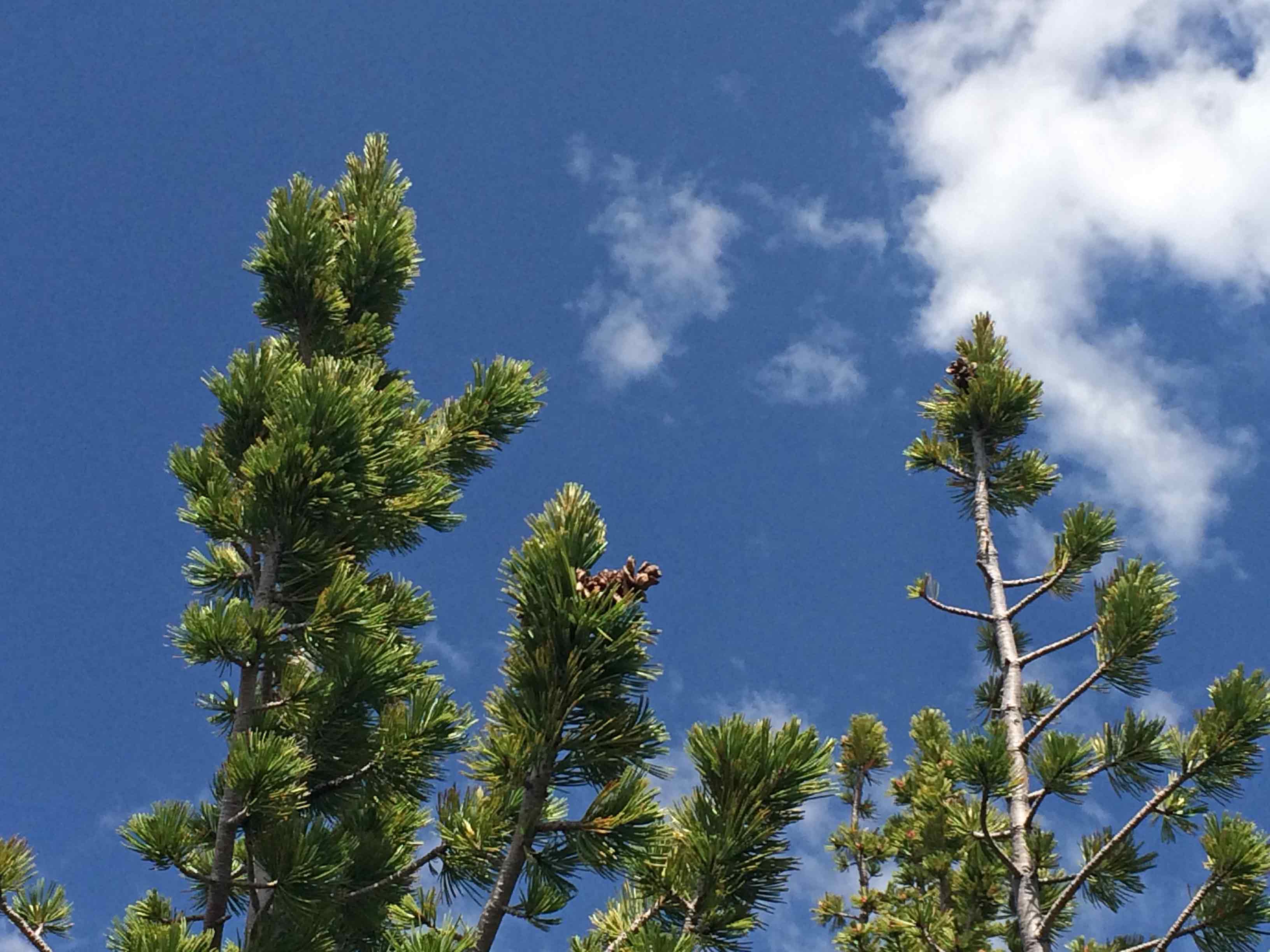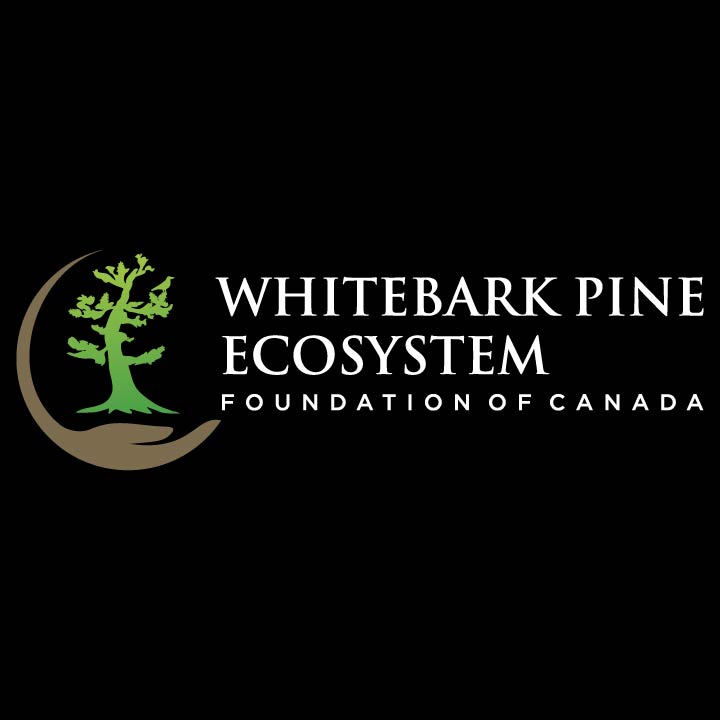
Climate Change & Whitebark Pine
Are Survivors Different? Genetic-Based Selection of Trees by Mountain Pine Beetle During a Climate Change-Driven Outbreak in a High-Elevation Pine Forest.
Diana L. Six, Clare Vergobbi and Mitchell Cutter in Frontiers in Plant Science, 2018
Effects of climate change and climate-altered fire regimes on whitebark pine populations.
Diana F. Tomback and Elizabeth F. Pansing in GRIN Final Report, 2018.
Evaluating future success of whitebark pine ecosystem restoration under climate change using simulation modeling
–Robert E. Keane, Lisa M. Holsinger, Mary F. Mahalovich, Diana F. Tomback
–Restoration Ecology Vol. 25, No. 2, pp. 220–233 March 2017
Major declines of whitebark pine forests throughout western North America from the combined effects of mountain pine beetle (Dendroctonus ponderosae) outbreaks, fire exclusion policies, and the exotic disease white pine blister rust (WPBR) have spurred many restoration actions. However, projected future warming and drying may further exacerbate the species’ decline and possibly compromise long-term success of today’s restoration activities. We evaluated successes of restoration treatments under future climate using a comprehensive landscape simulation experiment. The spatially explicit, ecological process model FireBGCv2 was used to simulate whitebark pine populations on two U.S. Northern Rocky Mountain landscapes over 95 years under two climate, three restoration, and two fire management scenarios. Major findings were that (1) whitebark pine can remain on some high mountain landscapes in a future climate albeit at lower basal areas (50% decrease), (2) restoration efforts, such as thinning and prescribed burning, are vital to ensure future whitebark pine forests, and (3) climate change impacts on whitebark pine vary by local setting. Whitebark pine restoration efforts will mostly be successful in the future but only if future populations are somewhat resistant to WPBR. Results were used to develop general guidelines that address climate change impacts for planning, designing, implementing, and evaluating fine-scale restoration activities.
Read Full Article HERE: Evaluating future success of whitebark pine ecosystem restoration under climate change using simulation modeling
Robert Keane, et al: Climate Change and Whitebark Pine: Compelling reasons for restoration
There is confusion in the research and management communities about the fate of whitebark pine (Pinus albicaulis) as climates slowly warm. Many feel that projected warmer conditions will severely reduce whitebark pine habitat and push whitebark pine off the tops of mountains or restrict the species to north of the Canadian border (Koteen 1999; Schrag et al. 2008; Warwell et al. 2007).
These speculations have been used by some land managers and agency leaders to discontinue whitebark pine restoration activities and funding. Others feel that climate-mediated changes in the disturbance regimes will serve to keep whitebark pine within its current range, albeit at lower levels (Loehman et al. 2011). The reality, of course, is more complex because of high uncertainty in regional climate change predictions, the high genetic diversity and resilience of the species, and the localized changes in disturbance regimes and interactions.
Therefore, we suggest that the question of whether to restore whitebark pine is not dependent on future climates since we really can’t predict them, and, more importantly, we cannot predict how landscapes will respond to them, but restoration is instead dependent on whether society can afford the loss of this widely distributed foundation and keystone species and the ecosystems that it creates (Tomback et al. 2001a).
Read the full article HERE.



